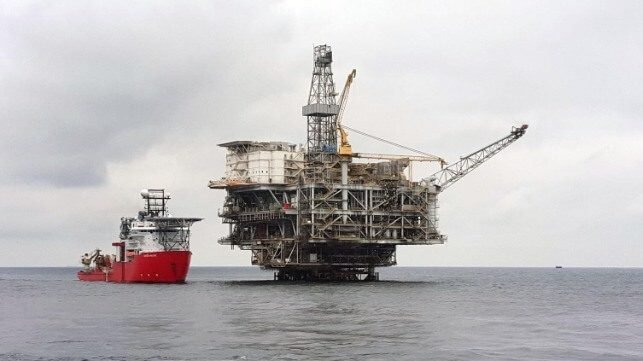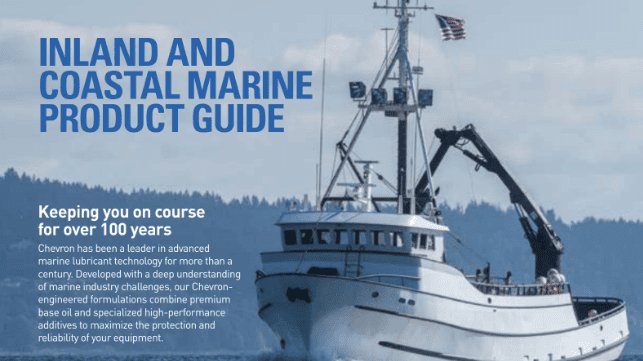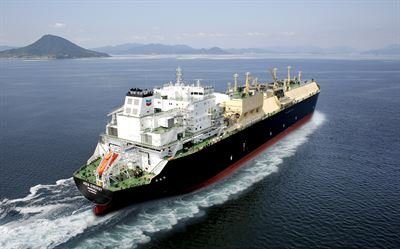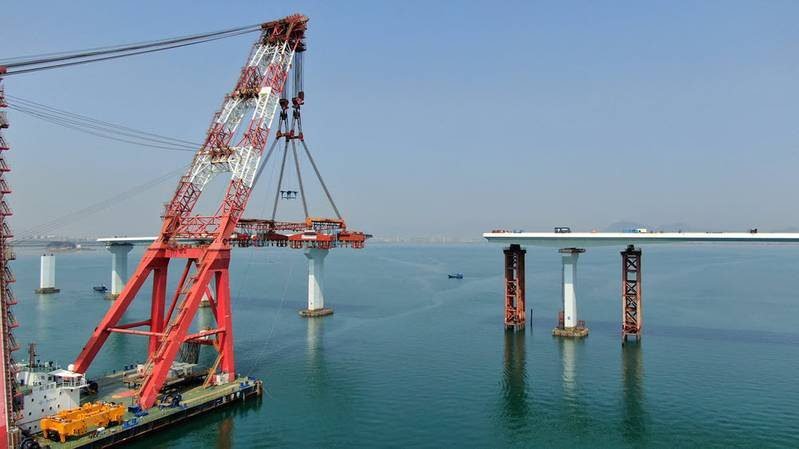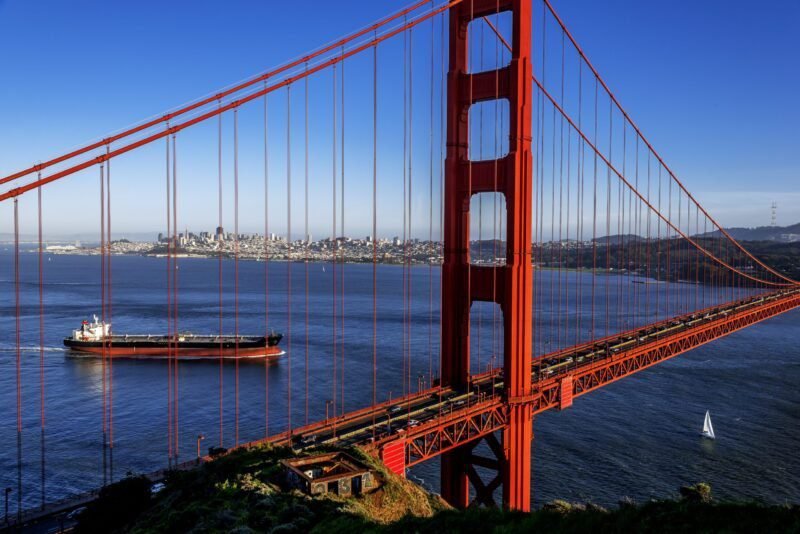The Bureau of Safety and Environmental Enforcement (BSEE) recently implemented new regulations for U.S. offshore drillers, citing advances in technology that allow them to operate at extreme underwater pressures and tap into billions of untapped oil reserves. This decision follows Chevron’s successful production at its TotalEnergies-owned asset, operating at 20,000 pounds per square inch (PSI) and reaching depths of 34,000 feet.
The new technology is expected to unlock approximately 5 billion barrels of previously inaccessible crude oil globally, equivalent to 50 days of current production. However, there are safety concerns stemming from past incidents like the Deepwater Horizon explosion in 2010. BSEE’s final rules apply to projects with pressures exceeding 15,000 PSI or temperatures above 350 degrees Fahrenheit, imposing specific equipment and reporting requirements.
With the increase in ultra-high pressure projects, the latest regulations aim to enhance safety and clarity in the industry. BP is set to commence 20,000 PSI drilling at its Kaskida field in the Gulf of Mexico next year, with estimated reserves of 10 billion barrels. As production in the Gulf of Mexico continues to grow, operators seek lower costs and emissions intensity compared to onshore resources, reflecting a shift towards deepwater assets.








